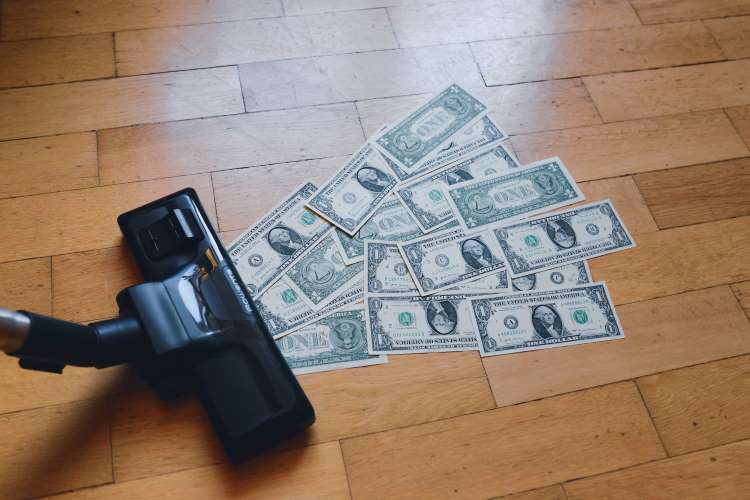
The rupee seems to be sinking to record lows against the dollar. Economists and currency traders expect the Indian currency to breach the 80 per dollar barrier in the current year to close in on the Rs 82 mark due to foreign fund outflows. The recent fall of the rupee is mainly due to the flight of portfolio investments and fear of widening current account deficit. The currency may see another major spell of losses when large amounts of external debt mature and comes up for payment later this year. A newspaper report says $267 billion of India’s $621 billion external debt will come up for repayment in the current financial year which will bring the rupee under immense pressure.
To make matters worse, the country’s rising trade deficit will also cause further depreciation of the rupee. The trade deficit shot up to $25.63 billion in June, a new record. The deficit in the first quarter of the current financial year stood at $70.25 billion. Currency analysts see the country’s current account deficit breaching 3% of the GDP. The figure for FY 2021-22 was 1.2%.
READ I Positives in RBI report no defence against a recession
What is causing the rupee free fall
India is not alone in fighting depreciation of the currency. The dollar is strengthening against all major world currencies as investors continue to flock towards the greenback which is considered the safest bet during crises. Possibility of a global recession is prompting investors across the world to move away from riskier currencies.
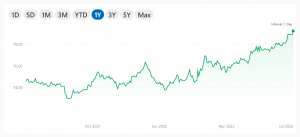
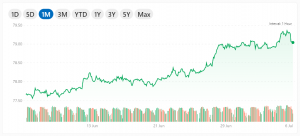
Tight monetary policy adopted by central banks is hurting major world economies. The strongest currencies such as the euro, pound, yen and yuan have all plunged to multi-decade lows along with all major asset classes. The Bloomberg dollar index has risen 5.7% in the April-June quarter. As the US hikes interest rates to contain runaway inflation, the rupee will see further losses. The portfolio investors already pulled out $1 billion in July, taking the total outflows in 2022 to more than $30.67 billion (Rs 2,34,613 crore).
The RBI has already spent more than $40 billion from its reserves this year to shore up the rupee. India’s forex reserves fell by more than $50 billion from the peak of $642.5 billion recorded in September last year. Currency traders expect the central bank to continue its interventions to curb volatility in the market, but say it may not loosen its purse strings to shore up the domestic currency.
READ I Explained: High inflation, import surge behind high GST mopup
The trade deficit situation also is unlikely to change anytime soon. The slow growth of exports is due to the weakening global demand which is unlikely to see a recovery in the next two years because of recessions or economic slowdowns in developed economies. The prices of India’s major import items — oil, fertilizers, gold and coal — are likely to remain elevated , inflating the country’s import bill.
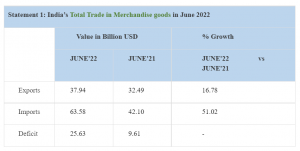
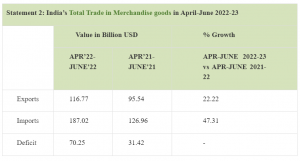
The government has imposed several restrictions on imports and levied a windfall tax on crude oil production to contain widening trade deficit. It has also raised customs duty on gold from 10.75% to 15% to address concerns over the current account. by raising customs duties to 15% from 10.75%. But coal imports will continue to hurt as monsoon rains will hit domestic production of the fossil fuel.
The government will have to take policy measures to facilitate exports and contain the surge in imports. It has already extended the free food scheme till September and cut taxes on fuels. The economy will face twin deficits – the fiscal and current account. The government has little elbow room to wriggle out of the current crisis as it is caused mostly by external factors.
The falling rupee will further aggravate inflation. Throughout the last two financial years, inflation measured in terms of consumer price index (CPI) stayed well above the RBI’s 4% target. The wholesale price index (WPI) inflation stayed in double digits through FY 2021-22 and above 15% since April. The prices may remain elevated because of imported inflation caused by rupee depreciation, affecting the poorest citizens of the country with serious repercussions for national politics.

